
David has finished laying all the track for Bay Junction and will show you how to install feeder wires. In the workshop you’ll see how associate editor Cody Grivno is progressing on the United Cooperative grain elevator, while senior editor Dana Kawala gets started on the fertilizer plant. […]
Read More…
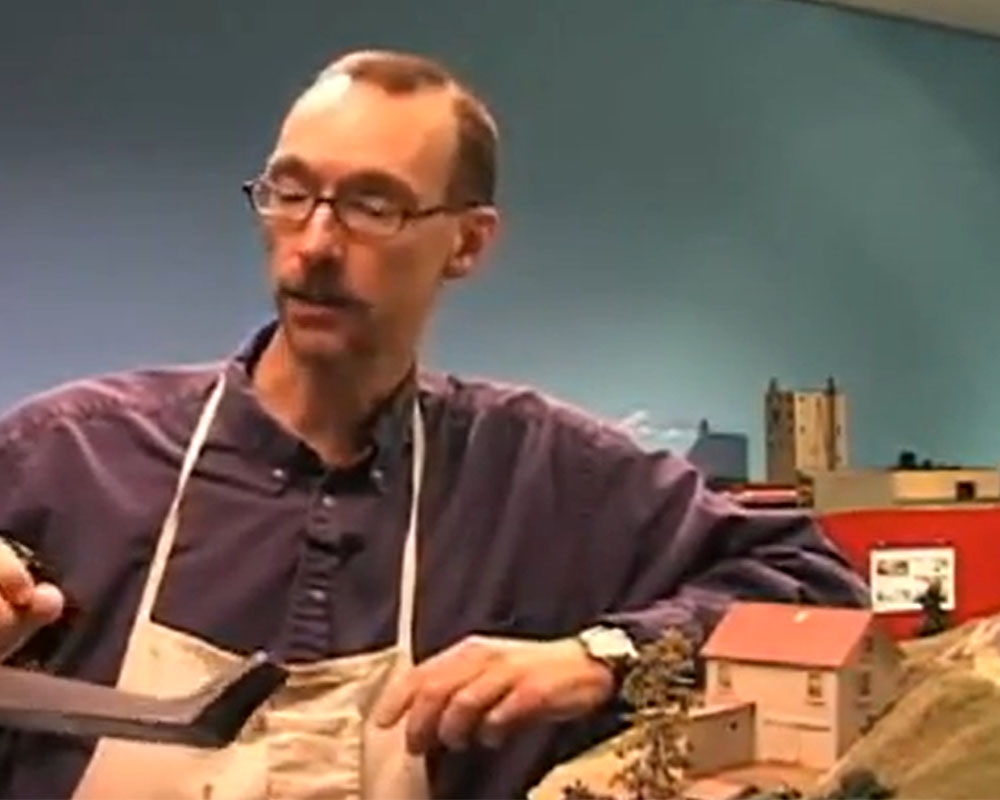
Managing editor David Popp continues to work on the cork roadbed for the layout. He uses a surform tool to make a smooth transition from the mainline roadbed to the industrial section of the layout. Model Railroader editor Neil Besougloff describes his plan for adding a fence and streetlights to the train station scene at […]
Read More…

David has finished laying all the track for Bay Junction and will show you how to install feeder wires. In the workshop you’ll see how associate editor Cody Grivno is progressing on the United Cooperative grain elevator, while senior editor Dana Kawala gets started on the fertilizer plant. […]
Read More…
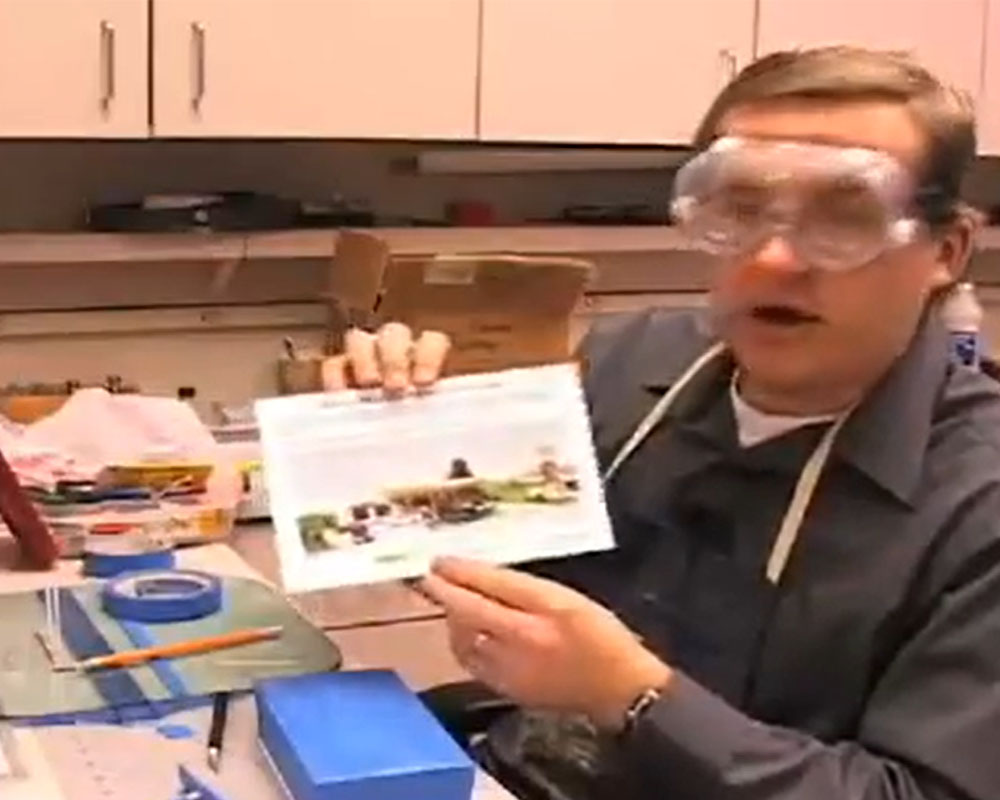
Work continues on the Model Railroader Bay Junction project. Senior editor Jim Hediger made a mockup of the appliance factory as managing editor David Popp gets ready to lower the benchwork under the industries. Executive editor Andy Sperandeo installed the culvert, and editor Neil Besougloff adds the finishing touches to the Williams Bay depot. […]
Read More…

Work continues on the Model Railroader Bay Junction project. Senior editor Jim Hediger made a mockup of the appliance factory as managing editor David Popp gets ready to lower the benchwork under the industries. Executive editor Andy Sperandeo installed the culvert, and editor Neil Besougloff adds the finishing touches to the Williams Bay depot. […]
Read More…
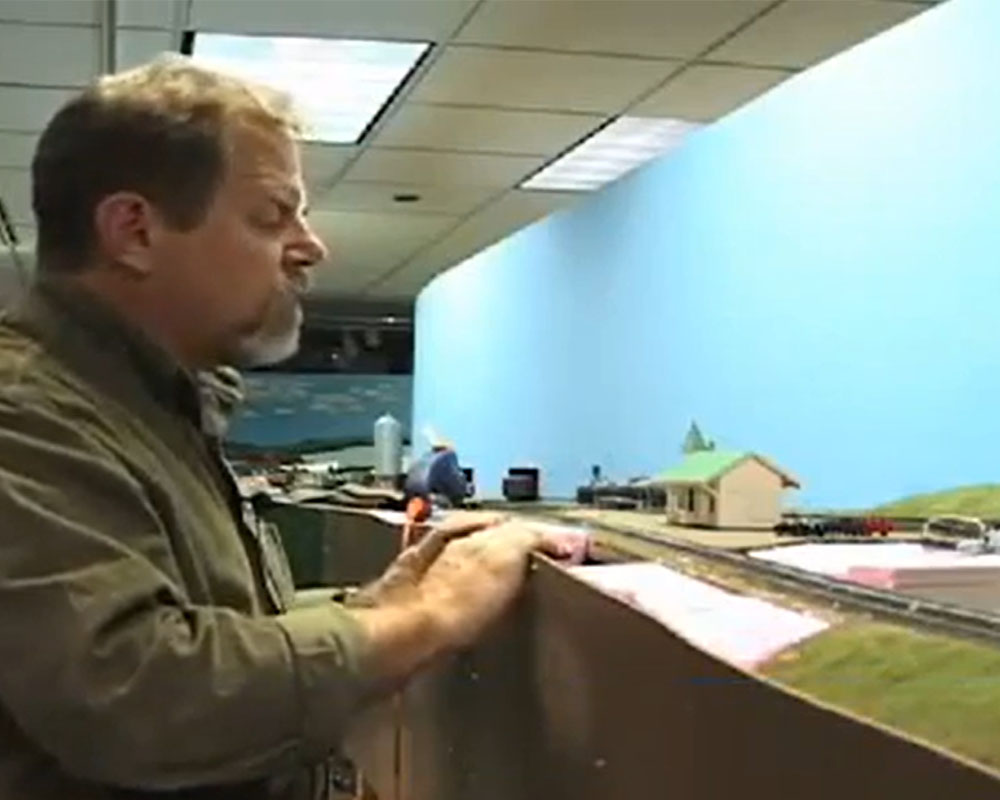
Model Railroader editor Neil Besougloff builds a stable base for the Williams Bay depot on the Bay Junction HO scale model train layout. The depot is kitbashed from Walthers and Atlas parts. Neil will also use a piece of Woodland Scenics roadbed to simulate the depot’s asphalt parking lot. Associate editor Steve Otte shows you […]
Read More…

Model Railroader editor Neil Besougloff builds a stable base for the Williams Bay depot on the Bay Junction HO scale model train layout. The depot is kitbashed from Walthers and Atlas parts. Neil will also use a piece of Woodland Scenics roadbed to simulate the depot’s asphalt parking lot. Associate editor Steve Otte shows you […]
Read More…
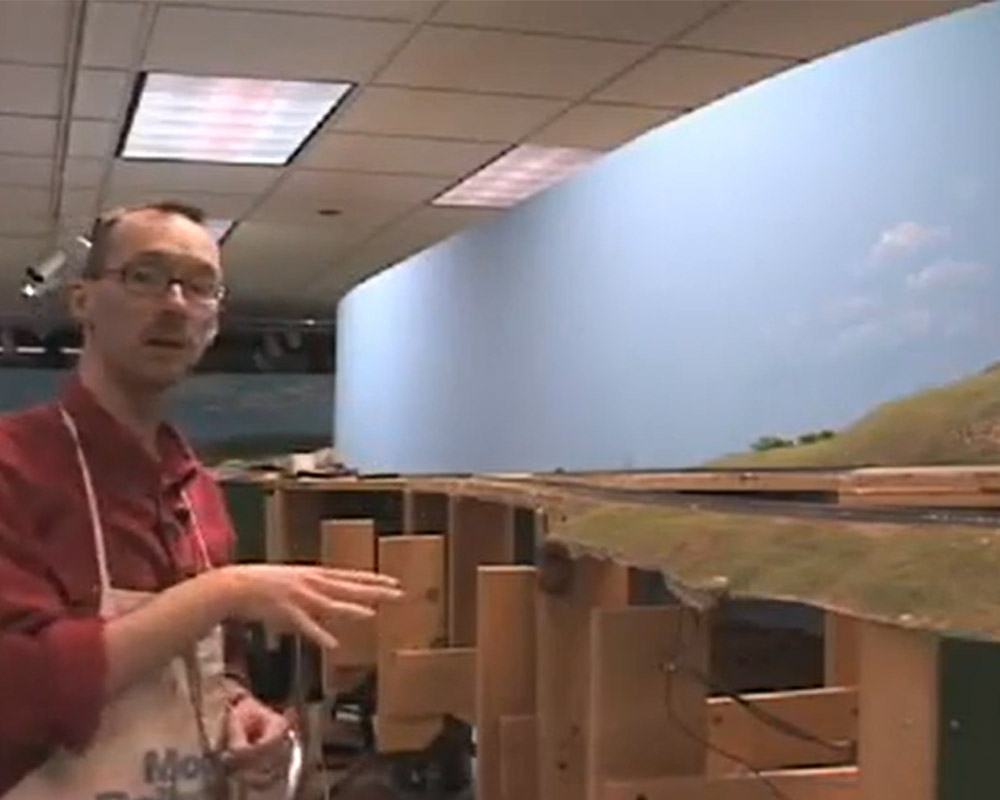
The Model Railroader staff starts work on the Bay Junction HO scale project model train layout. Managing editor David has removed some of the old scenery and fascia. Editor Neil Besougloff and associate editor Cody Grivno keep busy in the workshop with structure projects. […]
Read More…

The Model Railroader staff starts work on the Bay Junction HO scale project model train layout. Managing editor David has removed some of the old scenery and fascia. Editor Neil Besougloff and associate editor Cody Grivno keep busy in the workshop with structure projects. […]
Read More…
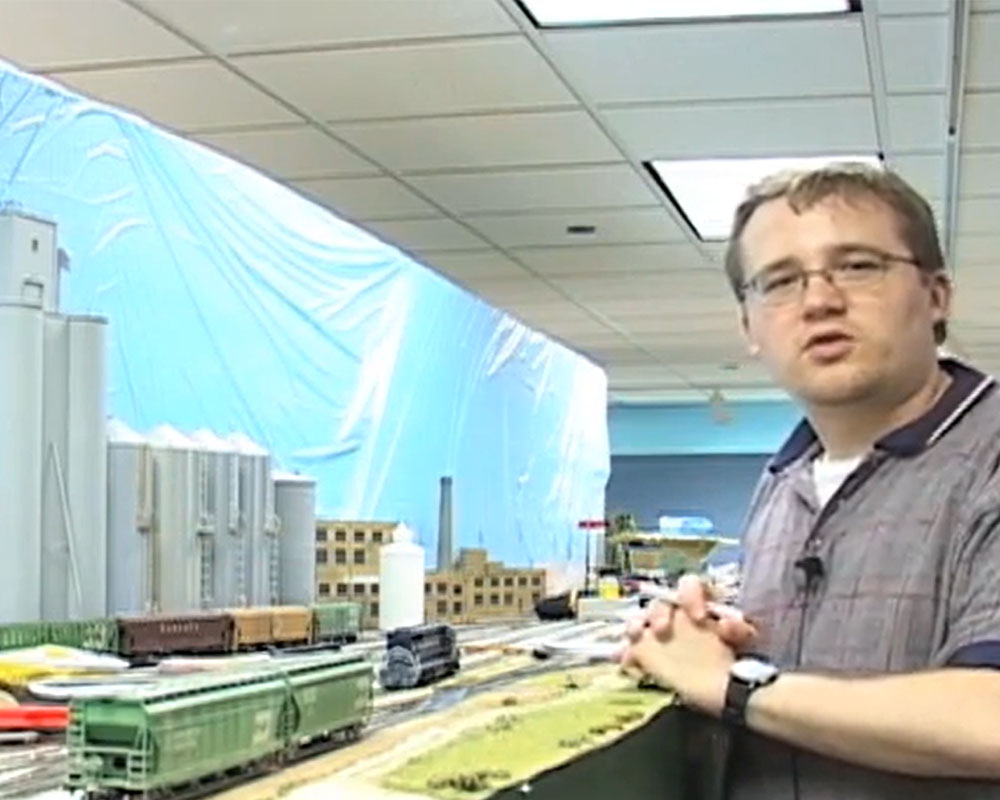
Lots of work is taking place on the Model Railroader staff’s Bay Junction model train layout. Associate editor Cody Grivno has installed his United Cooperative grain elevator, while senior editor Dana Kawala describes building the fertilizer plant that will be located in front of the scene. Managing editor David Popp will also show how the […]
Read More…
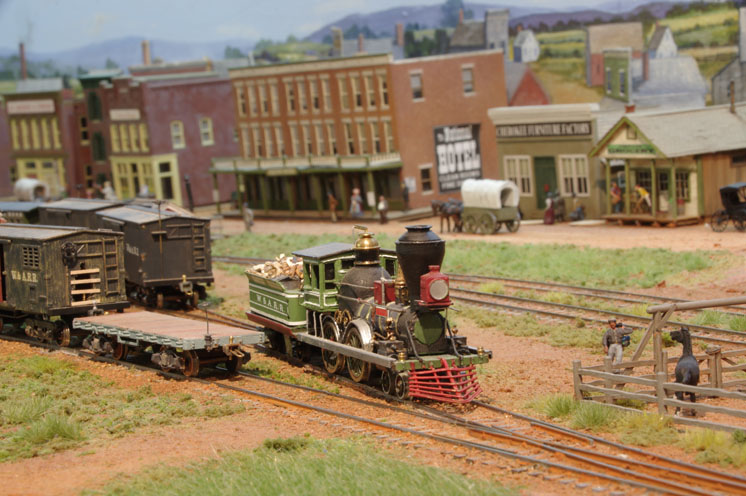
Featured in the October 2020 Model Railroader, Thom Radice’s HO scale Western & Atlantic model train layout is set during the American Civil War and a line that ran between Atlanta, Ga., and Chattanooga, Tenn. […]
Read More…
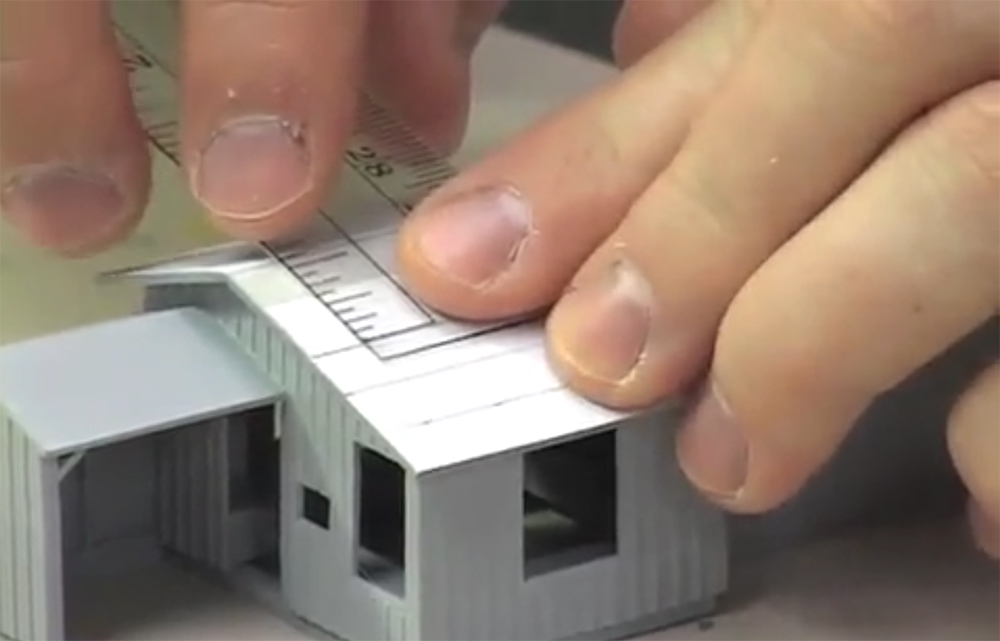
Having trouble viewing this video? Please visit our Video FAQ page Model Railroader associate editor Cody Grivno shows how to model a roof with paper. […]
Read More…








